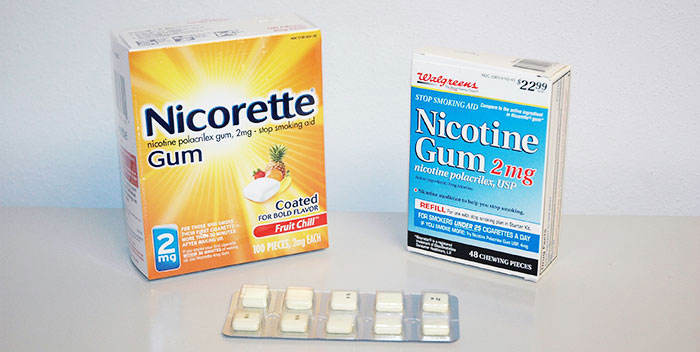Quitting smoking or vaping can be a challenging journey, and many turn to nicotine replacement therapy (NRT) products to manage cravings. Two of the most popular options are nicotine gum and nicotine lozenges. Both aim to reduce withdrawal symptoms, but their method of delivery, convenience, and effectiveness can vary. Understanding the differences between Nicotine Gum vs Nicotine Lozenges can help individuals choose the best option for their quit-smoking plan.
How Nicotine Gum Works
Nicotine gum is designed to be chewed slowly until a tingling or peppery taste appears. At that point, users “park” the gum between their cheek and gum, allowing nicotine to be absorbed through the lining of the mouth. This cycle is repeated over a period of about 30 minutes.
- Dosage Control: Users can chew another piece if cravings persist, offering flexible dosing.
- Oral Fixation Aid: For those who miss the physical act of smoking, chewing provides a substitute habit.
- Fast Relief: Nicotine is absorbed fairly quickly, easing sudden cravings.
How Nicotine Lozenges Work
Nicotine lozenges resemble small candies but should never be chewed or swallowed. Instead, they dissolve slowly in the mouth over 20–30 minutes, releasing nicotine gradually.
- Steady Release: Provides a consistent nicotine dose without the need for chewing.
- Discreet Use: Lozenges can be used in professional or social settings without drawing attention.
- No Chewing Required: Ideal for people who dislike gum or have dental issues.
Comparing Effectiveness
When considering Nicotine Gum vs Nicotine Lozenges, effectiveness often depends on individual preferences and lifestyle:
- Craving Response: Gum may offer quicker relief for sudden urges, while lozenges provide a slower, steadier release.
- Convenience: Lozenges are more discreet and hands-free, making them a better fit for public use.
- Habit Replacement: Gum mimics the act of chewing, which can be comforting for former smokers with strong oral habits.
- Duration of Action: Lozenges generally last longer per dose, while gum requires active chewing cycles.
Side Effects to Consider
Both products may cause mild side effects:
- Nicotine Gum: Can lead to jaw discomfort, hiccups, or throat irritation if chewed too quickly.
- Nicotine Lozenges: May cause heartburn, nausea, or mouth soreness when used excessively.
Consulting a healthcare professional is recommended before starting any nicotine replacement therapy, especially for individuals with underlying health conditions.
Which Option Is Better?
There is no one-size-fits-all answer to the question of Nicotine Gum vs Nicotine Lozenges. For those seeking immediate craving relief and a replacement for oral fixation, gum may be more suitable. On the other hand, lozenges are often the preferred choice for people who value discretion and steady nicotine delivery. Many quitters find success by trying both and determining which fits their lifestyle and quit plan best.
Final Thoughts
Both nicotine gum and lozenges are proven tools in smoking cessation when used correctly. Choosing the right product depends on personal habits, preferences, and the intensity of cravings. For more in-depth insights into Nicotine Gum vs Nicotine Lozenges, visit Quitine’s full guide.


